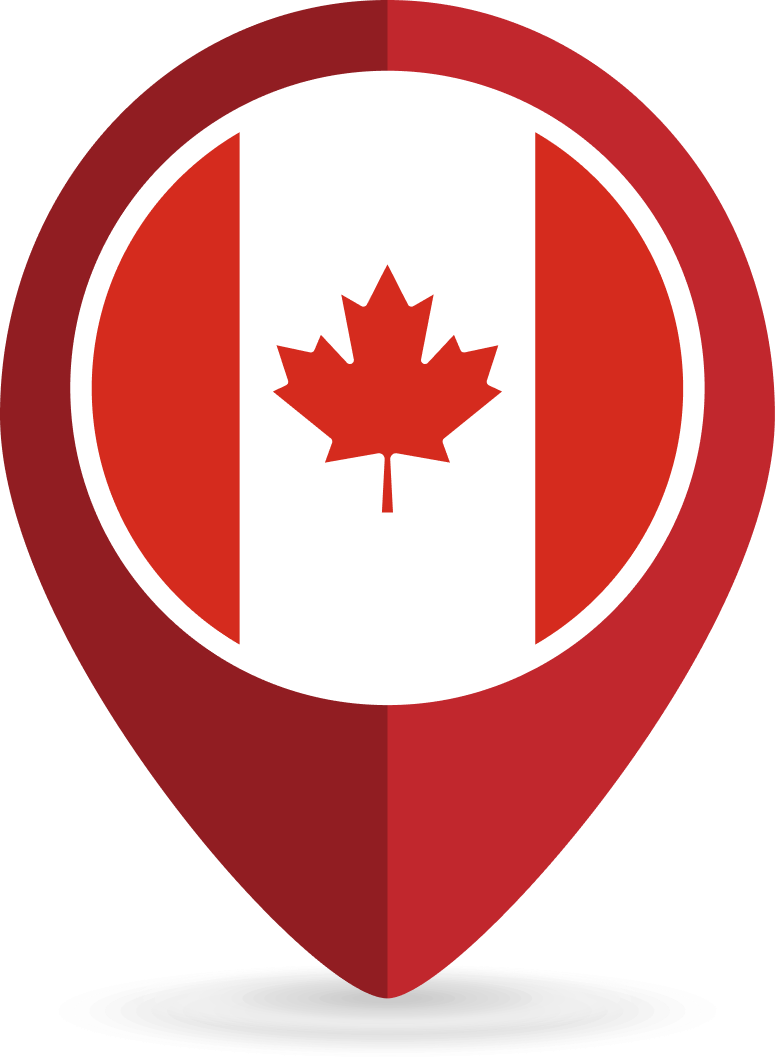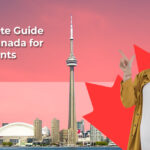Canada Intakes 2024: Fall, Winter, Spring (Summer) Intakes
Canada is a popular study-abroad destination, known for its world-class education and affordability compared to other countries. Many international students aim to study in Canada and apply for the three main intakes: Fall, Winter, and Summer.
Here is an overview of all three intakes in Canada.
| Fall Intake | Winter Intake | Summer Intake |
| Primary intake | Secondary intake | Available for limited universities only |
| Most of the programs are available | At least scholarships and financial aid | Selected programs only |
| More number of scholarships | Limited scholarships | Very few scholarships |
| Application deadline: December – March | Application deadline: September – November | Application deadline: October – February |
Intakes in Canada align with different academic sessions, making it challenging to determine the best one. However, the September or Fall intake is generally favored.
International students looking to pursue undergraduate or postgraduate courses can explore the following sections to understand the various intakes in Canada.
September/Fall Intake in Canada 2023-2024
The Fall intake is highly favored among international candidates applying to Canadian institutions. It typically has the largest number of available seats compared to other intakes, making it a popular choice.
Top universities in Canada also open slots for their most sought-after courses during this intake. Many students prefer the Fall intake as it gives them ample time to focus on their studies in a conducive environment.
Additionally, the weather during the Fall intake is generally more pleasant than other times of the year. Here are some of the top universities offering seats during the Fall intake in Canada:
| University | Annual tuition fee in Dollars($) |
| University of Waterloo | 47,560 |
| University of Ottawa | 26,354 |
| Ryerson University | 38,457 |
| McGill University | 56,544 |
| University of Alberta | 30,090 |
| University of Calgary | 40,103 |
| Niagara College | 17,215 |
Pros of September/Fall Intake:
- Students have enough time and scope to familiarize themselves with the new environment.
- Excellent scholarship opportunities are available during this intake.
Cons of September/Fall Intake:
- The applicant pool can be relatively more competitive.
- Limited course options may be available due to many students starting their studies in the Fall.
January/Winter Intake in Canada 2024
The Winter intake in Canada is the second most preferred semester in Canadian universities. It is suitable for students who missed admissions in the Fall intake and offers them another chance to start their studies without waiting a whole year.
However, this intake typically has fewer programs, career opportunities, scholarships, and internship offers compared to the Fall intake. Students entering during the Winter intake may need to adapt quickly to the institute’s environment.
Here are some of the top universities offering seats during the Winter intake in Canada:
| University | Annual tuition fee in Dollars($) |
| University of Waterloo | 47,560 |
| University of Ottawa | 26,354 |
| Ryerson University | 38,457 |
| McGill University | 56,544 |
| University of Alberta | 30,090 |
| University of Calgary | 40,103 |
| Niagara College | 17,215 |
Pros of January/Winter Intake:
- Smaller class sizes allow for better interaction with faculty.
- Increased competition among applicants can drive students to perform with more energy.
Cons of January/Winter Intake:
- Fewer campus opportunities may be available.
- There might be fewer international students in the course due to fewer applicants during this intake.
May/Summer Intake in Canada 2024
The Summer intake is the final intake session of the academic year in Canadian universities, offered by only a few universities for select programs. Admissions during this semester are typically open for diploma certifications and summer vocational programs.
This intake is a great option for students looking to start their studies early or complete courses more quickly in a shorter summer semester. Some programs may also be exclusively available during the summer semester.
Let’s explore the top universities offering the Summer intake in Canada:
| University | Annual tuition fee |
| Centennial College | $28,742 |
| Vancouver Community College | $19,900 |
| Ryerson University | $38,457 |
| Northern College | $15,451 |
| University of Waterloo | $47,560 |
- Unique courses available only during the summer intake offer unique learning opportunities.
- Small class sizes provide personalized attention from professors.
- Fewer extracurricular activities, clubs, or events compared to the regular academic year.
- Finding employment or internship opportunities during the summer months can be more challenging.
Courses Available for Different Canada Intakes
In Canada, major study programs such as MBA, MS, and MA are predominantly open for admissions during the Fall intake, offering a wide range of options for students seeking advanced degrees. The Winter intake serves as an additional opportunity for universities to fill remaining seats and conduct admissions for specialized courses. On the other hand, the Summer intake caters to short-term courses like diplomas and certificate programs, providing flexibility for those interested in shorter study durations. Each intake offers unique opportunities for students to pursue their academic goals in Canada’s diverse educational landscape.
| Courses Offered | Intake |
|---|---|
| All kinds of programs (undergraduate and postgraduate) | Fall |
| Selected study programs | Winter |
| Short-term courses | Summer |
When to Apply for Canada Intakes 2024: A Timeline
| Actions | Fall | Winter | Summer |
| Research Course/University | August – October of the previous year | January – April of the previous year | By May of the previous year |
| Shortlist Universities | Within December of the previous year | June – July of the previous year | July- August of the previous year |
| Fulfil Eligibility Criteria | January-February the year applying | August, the previous year | August -September of the previous year |
| Apply for a student visa | From February – April of the year of applying | From June – September of the previous year | By January of the year of applying |
| Appear for the standardized tests and English Proficiency tests | Within April of the year of applying | From August – September of the previous year | By January of the year of applying |
| Find out supporting documents | May-July of the year of applying | September – October of the previous year | From February – March of the year of applying |
| Apply | August to October | September to November | April to May (variable) |
Do’s and Don’ts for a Successful Application
- Research your eligibility for the visa or immigration program you’re applying for.
- Fill out the application forms carefully and accurately, providing all the required information and documentation.
- If you are unsure about any steps in the application process, seek professional help from a study abroad expert.
- Keep track of the timelines for submitting your applications on time.
- Don’t provide false information or documentation in your application; it is illegal and can result in serious consequences.
- If you receive any request for additional information or documentation, don’t ignore it. Failure to provide such requested information can result in your application being delayed or rejected.
Canada SIM Card Plan for International Students and Newcomers
In addition to preparing for your academic journey in Canada, it’s essential to consider practical aspects like communication. CanadianSIM offers a convenient solution for international students and newcomers by providing SIM cards with excellent benefits:
Unlimited Canada Wide Calling & International Texting: Stay connected with friends and family across Canada and internationally without worrying about call or text limits.
No Activation Fees: Enjoy hassle-free activation without any additional fees, making it easier to start using your SIM card right away.
Rogers $40/100GB and Fido $35/75GB Plans: Choose from affordable plans that suit your data needs, with options like Rogers offering 100GB and Fido offering 75GB data plans.
Canada Wide Coverage: Access reliable coverage across Canada, ensuring that you can stay connected no matter where you are in the country.
Caller ID & Voice Mail: Benefit from features like caller ID and voice mail to manage your calls and messages efficiently.
No Contract Plan: CanadianSIM offers a no-contract plan, providing flexibility and convenience for your communication needs during your stay in Canada.
Canadian Phone Number Prior to Departure: Obtain a Canadian phone number before your departure, making it easier to set up your communication services upon arrival.
By choosing CanadianSIM, you can enjoy seamless communication throughout your academic journey in Canada, enhancing your overall experience as an international student or newcomer.
Related Posts



















